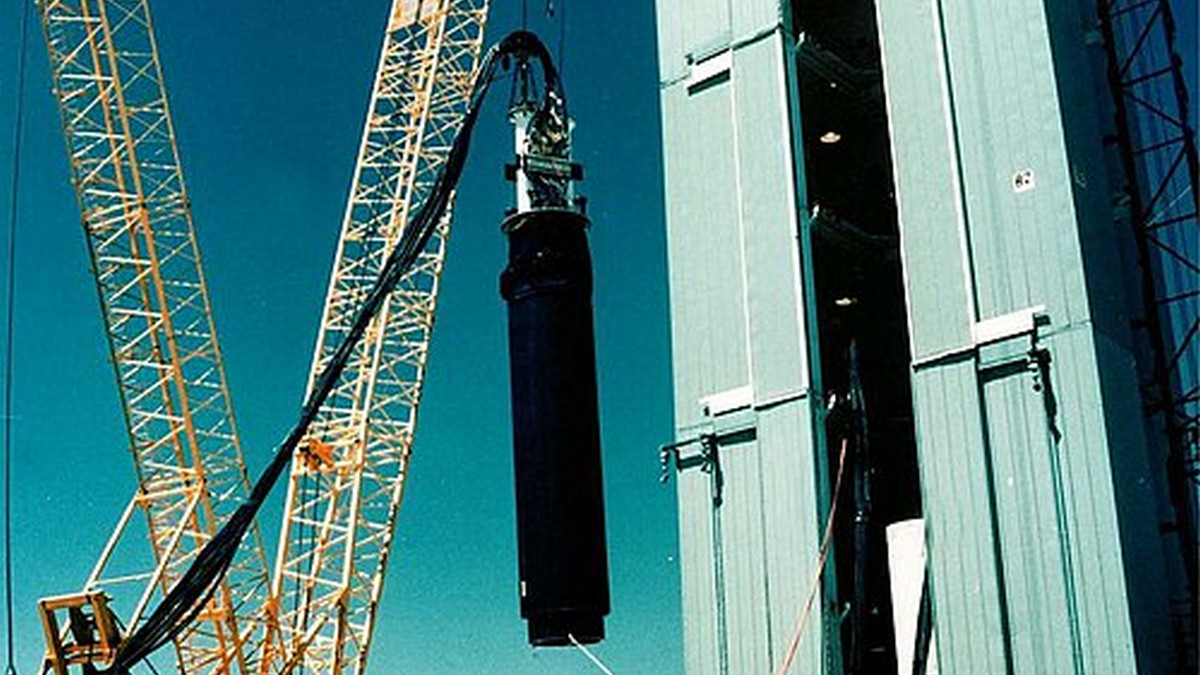US President Donald Trump surprised many when he announced that America will resume testing its nuclear weapons.
Trump made the remarks before meeting Chinese President Xi Jinping in South Korea.
“Because of other countries’ testing programmes, I have instructed the Department of War to start testing our Nuclear Weapons on an equal basis,” Trump wrote on social media. “That process will begin immediately.”
The development comes days after Russia successfully tested the nuclear-powered and nuclear-capable Burevestnik cruise missile, which Putin has boasted has no equal anywhere in the world. Moscow has also successfully tested the atomic-powered and nuclear-capable underwater drone Poseidon, claiming it is impossible to intercept.
The United States and Russia still possess the bulk of the world’s nuclear warheads. China conducted a nuclear missile test in 1996, while America did so in 1992.
But what happened when the US conducted its last nuclear test?
Let’s take a look back.
Background
The last US nuclear test was conducted on 23 September 1992. First, let’s take a look at the background of the test. At the time, George HW Bush – the former US CIA chief and father of George W Bush – was at the helm as US President.
The Cold War had ended after the collapse of the Soviet Union in December 1991. Both the United States and Russia had slowly begun reducing their nuclear arsenals. In 1990 and 1991, the US had conducted a series of tests known as the Operation Sculpin trials.
Operation Julin, under which the test codenamed Divider occurred, was a series of seven nuclear trials launched in October 1991.
Divider
The test device was made at the famed Los Alamos National Laboratory, which developed the world’s first atomic weapon. The device was lowered into an underground shaft – to reduce radioactivity levels – at the Nevada Test Site (NTS), which was then filled with layers of magnetite, sand, concrete, and epoxy to keep the debris from the fallout underground.
The device, which had a yield of a relatively modest 5 kilotons, was detonated at 3.04 pm local time on 23 September 1992. The idea behind the test was to “ensure the safety of deterrent forces" – essentially to ensure that the stockpile was reliable. Much of the details about the device and the test itself remain classified.
The US had conducted over 1,000 such tests over the past four decades, starting with the landmark Trinity trial in Los Alamos on 16 July 1945. The US is projected to have produced around 190 megatons of energy and the USSR is estimated to have produced around 285 megatons via testing.
Divider was the 1,054th nuclear test to be conducted by America. Interestingly, the US, France, and Great Britain gave these tests code names, while the USSR and China did not.
Aftermath
While a follow-up test known as Icecap was set to be conducted in 1993 – a joint operation between the British Atomic Weapons Establishment and the Los Alamos Lab with a yield in the 20 to 150 kiloton range – that never happened.
This is because the US Senate earlier that month had voted for a nine-month moratorium on testing. A day after the test, the legislation passed Congress and HW Bush signed it into law. At the time, no one had imagined that would be the last nuclear test conducted by the United States. But things changed.
In 1994, the Stockpile Stewardship Programme (SSP) would replace the testing of nuclear weapons. The programme was the brainchild of Vic Reis, Assistant Secretary of Energy for Defence Programmes, Department of Energy. It relies on scientific studies, surveillance, computing, non-nuclear experiments, simulations, and data analysis to judge the efficacy of the nuclear stockpile.
Meanwhile, in 1996, Bill Clinton came to office. The Clinton-led United States administration signed the Comprehensive Nuclear-Test-Ban Treaty (CTBT), calling it a “long-sought step towards the elimination of nuclear weapons.” Interestingly, the US has not ratified the CTBT, which means it is only a signatory and not a state party to the treaty. China, India, Pakistan, and North Korea have also not ratified the CTBT.
The National Nuclear Security Administration (NNSA), part of the US Department of Energy, publishes a regular Stockpile Stewardship and Management Plan (SSMP) every year. This report is presented to the US President.
The Nevada Test Site, which is around 105 kilometres from Las Vegas, is still in the hands of the US government. “If deemed necessary, the site could be authorised again for nuclear weapons testing,” according to the National Museum of Nuclear Science and History, an affiliate of the Smithsonian Institution, has said on its website. Now, with Trump in office, it seems that the US may be prepared to enter its second nuclear age.
With inputs from agencies
)